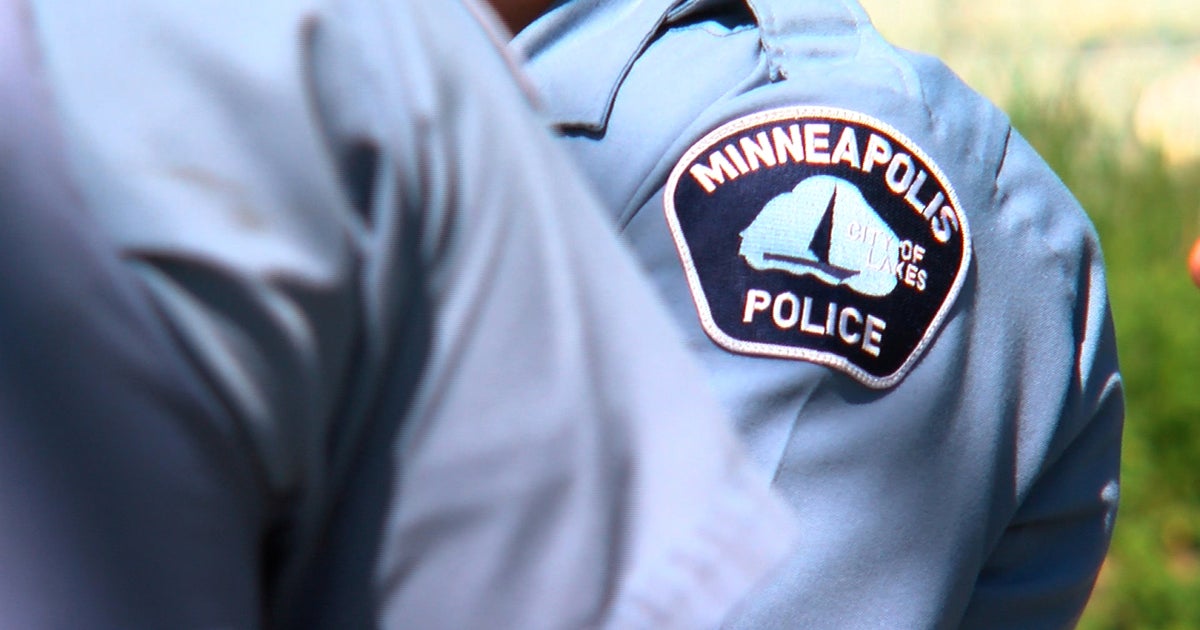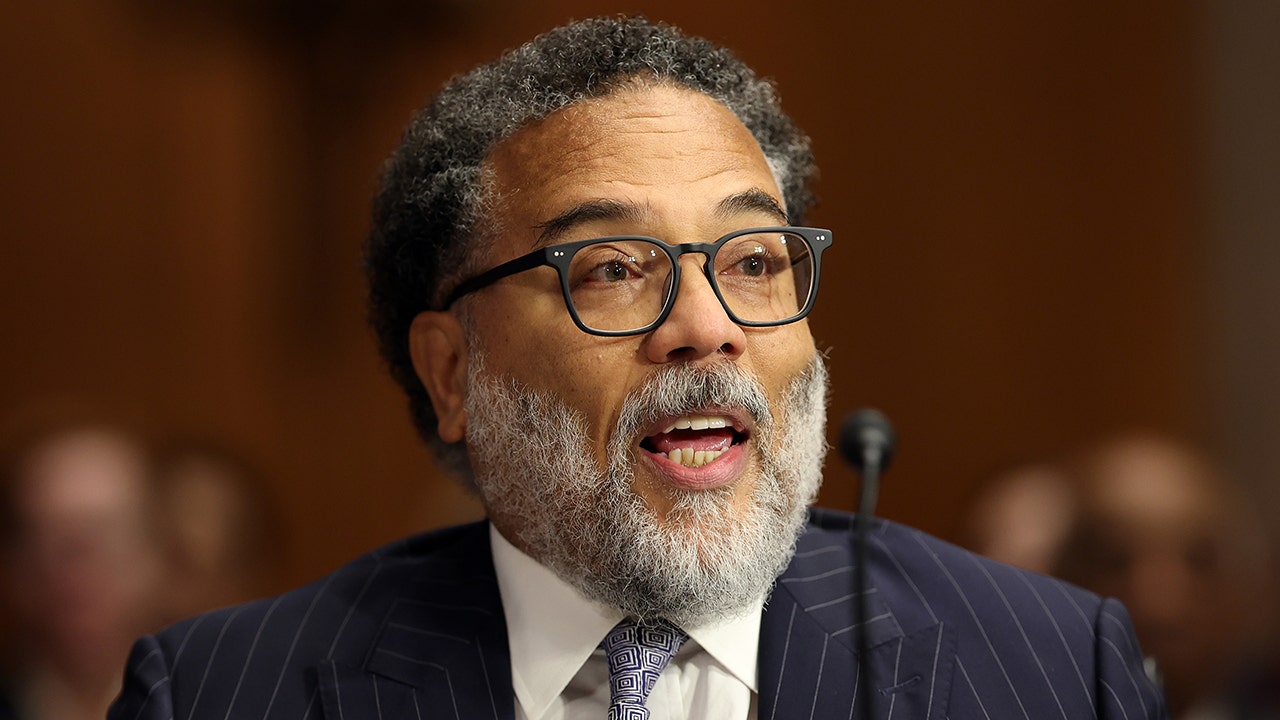Education
Catholic School System Directs Students to Use Pronouns Assigned at Birth

A Catholic school system in Massachusetts has issued a new policy that orders students to use their names and pronouns assigned at birth and to conduct themselves in a manner “consistent with their biological sex,” drawing criticism in the latest clash between religious leaders and proponents of gender and sexual fluidity.
The policy will affect 21 Catholic schools and more than 5,000 students in Worcester, a city about 45 miles west of Boston, beginning in the fall semester, according to an Aug. 15 statement approved by Bishop Robert J. McManus of the Roman Catholic Diocese of Worcester.
Some Catholic schools in the diocese already had such policies in place, David Perda, the superintendent of Catholic schools for the diocese, said in the statement. But “individual situations” had “underscored a need for a single policy,” he said.
The diocese noted that bullying, harassment or other types of threats against students based on their perceived sexual orientation or gender identity “will not be tolerated.” But the policy also said that “students may not advocate, celebrate or express same-sex attraction in such a way as to cause confusion or distraction in the context of Catholic school classes, activities or events.”
“We do not serve anyone’s greater good by falsifying the truth, for it is only the truth that frees us for the full life that God offers to each of us,” the diocese said.
The bishop’s policy comes as the Roman Catholic Church’s stance on lesbian, gay, bisexual and transgender rights continues to frustrate, and often confuse, L.G.B.T.Q. people, particularly as the Vatican sends mixed messages on the topic.
Pope Francis famously asked, “Who am I to judge?,” concerning gay priests in the church. However, where he stands on issues related to L.G.B.T.Q. rights has become increasingly difficult to discern, given a growing dissonance between his inclusive language and the church’s actions.
When the Congregation for the Doctrine of the Faith was asked in 2021 if Catholic clergy members had the authority to bless gay unions, the answer, which Francis approved, was: “Negative.”
However, earlier this year, Pope Francis told The Associated Press that “being homosexual isn’t a crime.”
In Worcester, though, supporters of lesbian, gay, bisexual and transgender people have expressed disappointment with Bishop McManus’s stance.
Joshua Croke, the president of the Worcester nonprofit Love Your Labels, which supports L.G.B.T.Q. youth, called the bishop’s policy “harmful.”
“Unfortunately, it’s not surprising that the bishop has worked to enact these policies,” said Mx. Croke, who uses they/them pronouns. “He has a long history of anti-L.G.B.T.Q. practices and positions.”
Last year, Bishop McManus drew national attention when he ordered that a predominantly Black Catholic middle school in Worcester take down its Black Lives Matter and Pride flags. When the school refused, Bishop McManus declared that the school was no longer Catholic.
Mx. Croke said the policy, which essentially encourages students to “stay in the closet,” could have negative consequences for students who feel ashamed or discriminated against. The policy, they said, could also make students feel excluded from their learning environments.
Mx. Croke said they had recently spoken with one transgender student at a Worcester Catholic school who had felt disheartened when his birth name was read at an eighth-grade graduation instead of the name he now goes by.
The diocese said in its statement that all official school documents, including diplomas and transcripts, “shall be issued in conformity with the student’s biological sex as based upon physical differences at birth and at the time of the student’s enrollment.”

Education
Video: Several Killed in Wisconsin School Shooting, Including Juvenile Suspect

new video loaded: Several Killed in Wisconsin School Shooting, Including Juvenile Suspect
transcript
transcript
Several Killed in Wisconsin School Shooting, Including Juvenile Suspect
The police responded to a shooting at a private Christian school in Madison, Wis., on Monday.
-
Around 10:57 a.m., our officers were responding to a call of an active shooter at the Abundant Life Christian School here in Madison. When officers arrived, they found multiple victims suffering from gunshot wounds. Officers located a juvenile who they believe was responsible for this deceased in the building. I’m feeling a little dismayed now, so close to Christmas. Every child, every person in that building is a victim and will be a victim forever. These types of trauma don’t just go away.
Recent episodes in Guns & Gun Violence
Education
Video: Biden Apologizes for U.S. Mistreatment of Native American Children

new video loaded: Biden Apologizes for U.S. Mistreatment of Native American Children
transcript
transcript
Biden Apologizes for U.S. Mistreatment of Native American Children
President Biden offered a formal apology on Friday on behalf of the U.S. government for the abuse of Native American children from the early 1800s to the late 1960s.
-
The Federal government has never, never formally apologized for what happened until today. I formally apologize. It’s long, long, long overdue. Quite frankly, there’s no excuse that this apology took 50 years to make. I know no apology can or will make up for what was lost during the darkness of the federal boarding school policy. But today, we’re finally moving forward into the light.
Recent episodes in Politics
Education
Video: Los Angeles Bus Hijacked at Gunpoint

new video loaded: Los Angeles Bus Hijacked at Gunpoint
transcript
transcript
Los Angeles Bus Hijacked at Gunpoint
The person suspected of hijacking a bus which killed one person, was taken into custody after an hourlong pursuit by the Los Angeles Police Department early Wednesday morning.
-
“Get him.”
Recent episodes in Guns & Gun Violence
-

 Business7 days ago
Business7 days agoThese are the top 7 issues facing the struggling restaurant industry in 2025
-

 Culture7 days ago
Culture7 days agoThe 25 worst losses in college football history, including Baylor’s 2024 entry at Colorado
-

 Sports6 days ago
Sports6 days agoThe top out-of-contract players available as free transfers: Kimmich, De Bruyne, Van Dijk…
-

 Politics5 days ago
Politics5 days agoNew Orleans attacker had 'remote detonator' for explosives in French Quarter, Biden says
-

 Politics5 days ago
Politics5 days agoCarter's judicial picks reshaped the federal bench across the country
-

 Politics3 days ago
Politics3 days agoWho Are the Recipients of the Presidential Medal of Freedom?
-

 Health2 days ago
Health2 days agoOzempic ‘microdosing’ is the new weight-loss trend: Should you try it?
-

 World7 days ago
World7 days agoIvory Coast says French troops to leave country after decades














